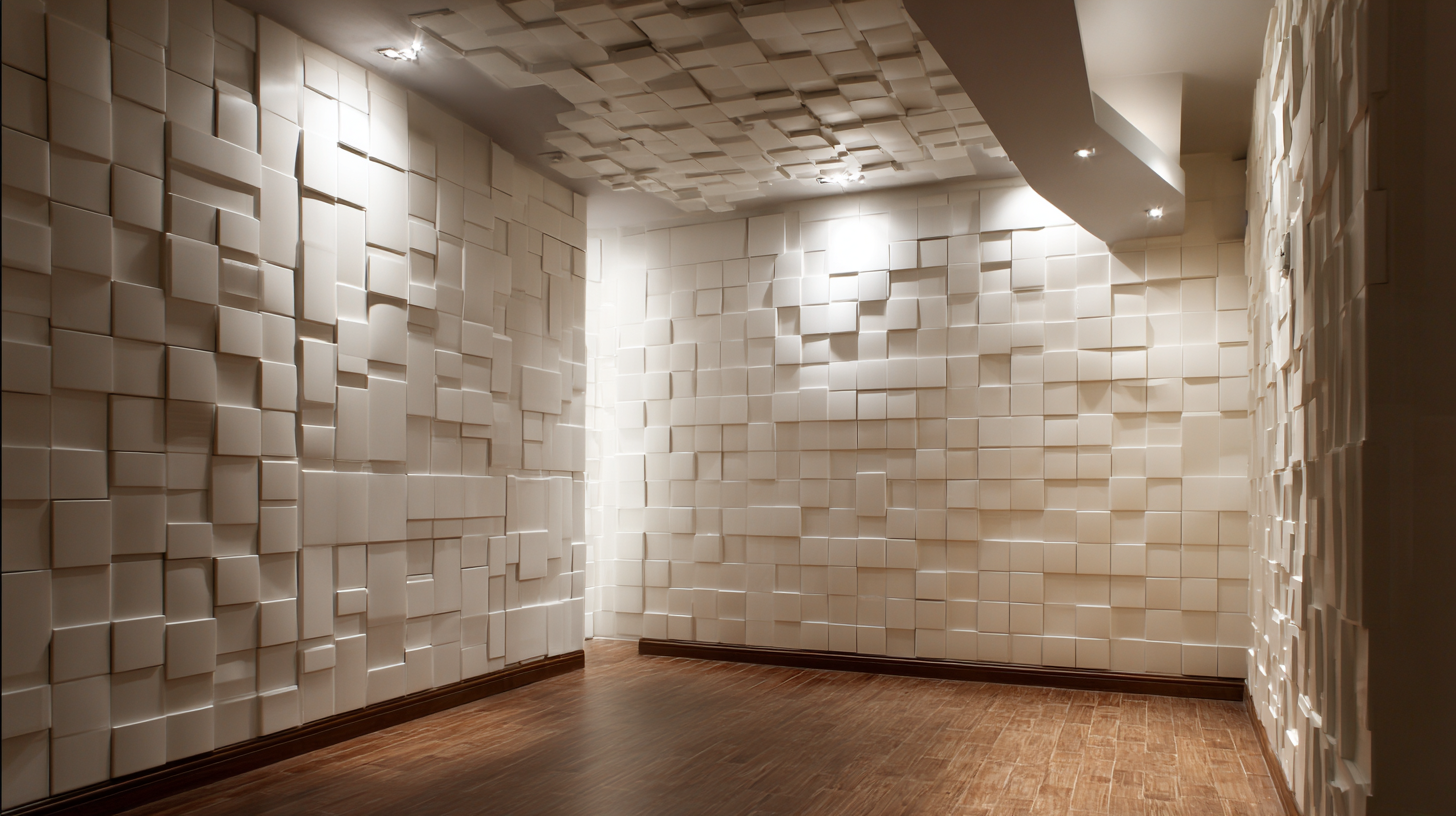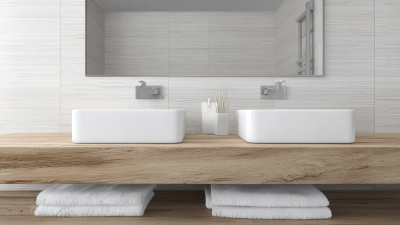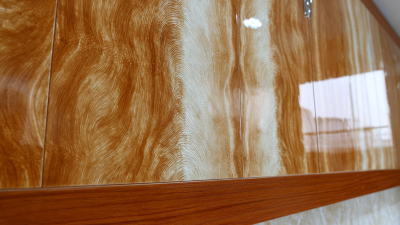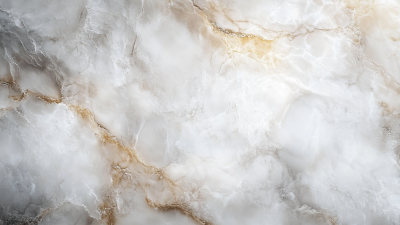
In recent years, the trend of using Plastic Bathroom Wall Panels has gained significant traction among homeowners and designers alike. According to a report by Grand View Research, the global market for plastic wall panels is expected to reach USD 56.7 billion by 2025, showcasing a robust annual growth rate. This surge in popularity can be attributed to the numerous benefits these panels offer, including moisture resistance, ease of installation, and low maintenance requirements. Unlike traditional materials such as tile or wood, Plastic Bathroom Wall Panels are not only cost-effective but also provide a seamless and stylish aesthetic, making them an ideal choice for modern bathrooms. As the demand for sustainable and durable building materials continues to rise, understanding the advantages of these panels becomes increasingly important for anyone looking to enhance their home.
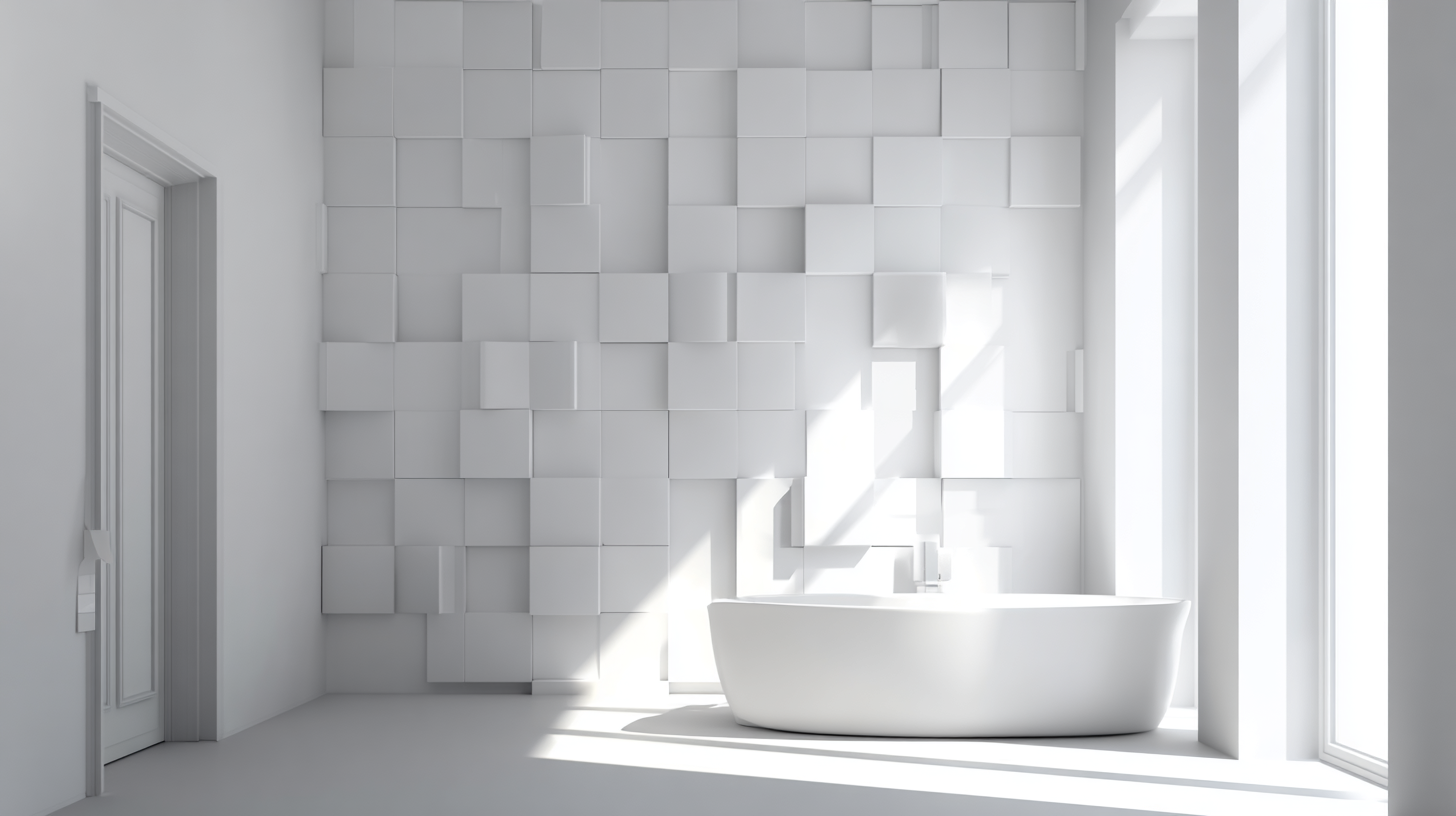
When it comes to home renovations, cost-effectiveness is a major concern for homeowners. Plastic bathroom wall panels emerge as a particularly economical solution, offering many advantages while keeping expenses in check. According to a report by MarketsandMarkets, the demand for plastic construction materials is expected to increase significantly, driven by their affordability and longevity. This growth is reflective of homeowners seeking durable alternatives that can withstand moisture and humidity without the high price tag typically associated with traditional materials like tile or wood.
Plastic panels provide excellent insulation, which can lead to reduced energy bills over time. HomeAdvisor cites that homeowners can save approximately 15-25% on heating and cooling costs by improving insulation. Furthermore, plastic bathroom wall panels are incredibly low-maintenance, eliminating the need for costly repairs or replacements associated with other materials. These panels are designed to resist mold and mildew—a critical factor in wet environments—making them a wise investment for health-conscious residents. In a market increasingly leaning toward sustainability and efficiency, plastic bathroom wall panels stand out as a practical choice for budget-savvy homeowners looking to enhance their living spaces.
When considering bathroom renovations, the durability and longevity of materials play a crucial role in choosing the right options. Plastic bathroom wall panels stand out significantly against traditional materials such as tiles and painted drywall. With their inherently waterproof nature, plastic panels resist moisture and humidity, minimizing the risk of mold and mildew that often wreak havoc in bathrooms. This quality not only enhances their lifespan but also ensures that homeowners spend less time and money on repairs and replacements.
In addition to being waterproof, plastic wall panels are designed to withstand the wear and tear associated with everyday use. Unlike tiles, which can crack and require labor-intensive grouting, or drywall that may warp, these panels resist cracking and fading over time. Their hard-wearing surface makes cleaning effortless and maintains a pristine appearance for years. Moreover, with various designs and textures available, plastic panels can easily mimic the look of traditional materials while offering superior resilience, making them a practical and stylish choice for any home.
| Feature | Plastic Panels | Traditional Materials |
|---|---|---|
| Durability | Highly resistant to moisture and mold. | Prone to warping and damage from water. |
| Maintenance | Easy to clean and maintain. | Requires regular upkeep and sealing. |
| Longevity | Lasts over 20 years without significant wear. | Average lifespan of 10-15 years. |
| Installation | Quick and simple installation process. | Often requires professional installation. |
| Aesthetic Options | Available in various colors and designs. | Limited options for finishes and colors. |
Plastic bathroom wall panels offer a robust solution to combat moisture, a common issue in damp environments like bathrooms. According to the Environmental Protection Agency (EPA), excessive moisture can lead to mold and mildew growth, which not only damages structures but can also pose health risks to inhabitants. By utilizing plastic panels, homeowners can create an effective barrier against humidity, significantly reducing the likelihood of mold proliferation. Research indicates that areas treated with moisture-resistant materials witness a 60% reduction in mold growth compared to traditional wall treatments, showcasing the effectiveness of plastic panels.
Furthermore, the durability of plastic bathroom wall panels enhances their moisture resistance. Unlike traditional materials such as drywall or wood, plastic does not absorb moisture or warp when exposed to high humidity levels. A study published by the American Society for Testing and Materials (ASTM) emphasizes that plastic surfaces can withstand prolonged exposure to water without suffering damage, making them an ideal choice for bathroom renovations. Homeowners looking to improve the hygiene and longevity of their bathrooms should consider the benefits of incorporating plastic wall panels to mitigate moisture-related issues.
When it comes to renovating your bathroom, the choice of materials can significantly impact both the process and the end result. One of the standout options available today is plastic bathroom wall panels, especially known for their light weight. This feature simplifies the installation process, making it an ideal solution for homeowners looking to streamline their renovation projects. Unlike traditional tiles or heavier materials, these panels can often be handled by one person, reducing both labor costs and time spent during installation.
Furthermore, the ease of installation with plastic bathroom wall panels allows for quick renovations without the hassle of extensive preparation. These panels typically come in interlocking designs, enabling a straightforward fitting process that requires minimal tools. This means that even DIY enthusiasts can achieve a professional-looking finish without the need for expert assistance. The lightweight nature of the panels also means they can be easily transported and maneuvered through tight spaces, making them a practical choice for any home remodel. Overall, the combination of ease and efficiency makes plastic bathroom wall panels a smart alternative for modern renovations.
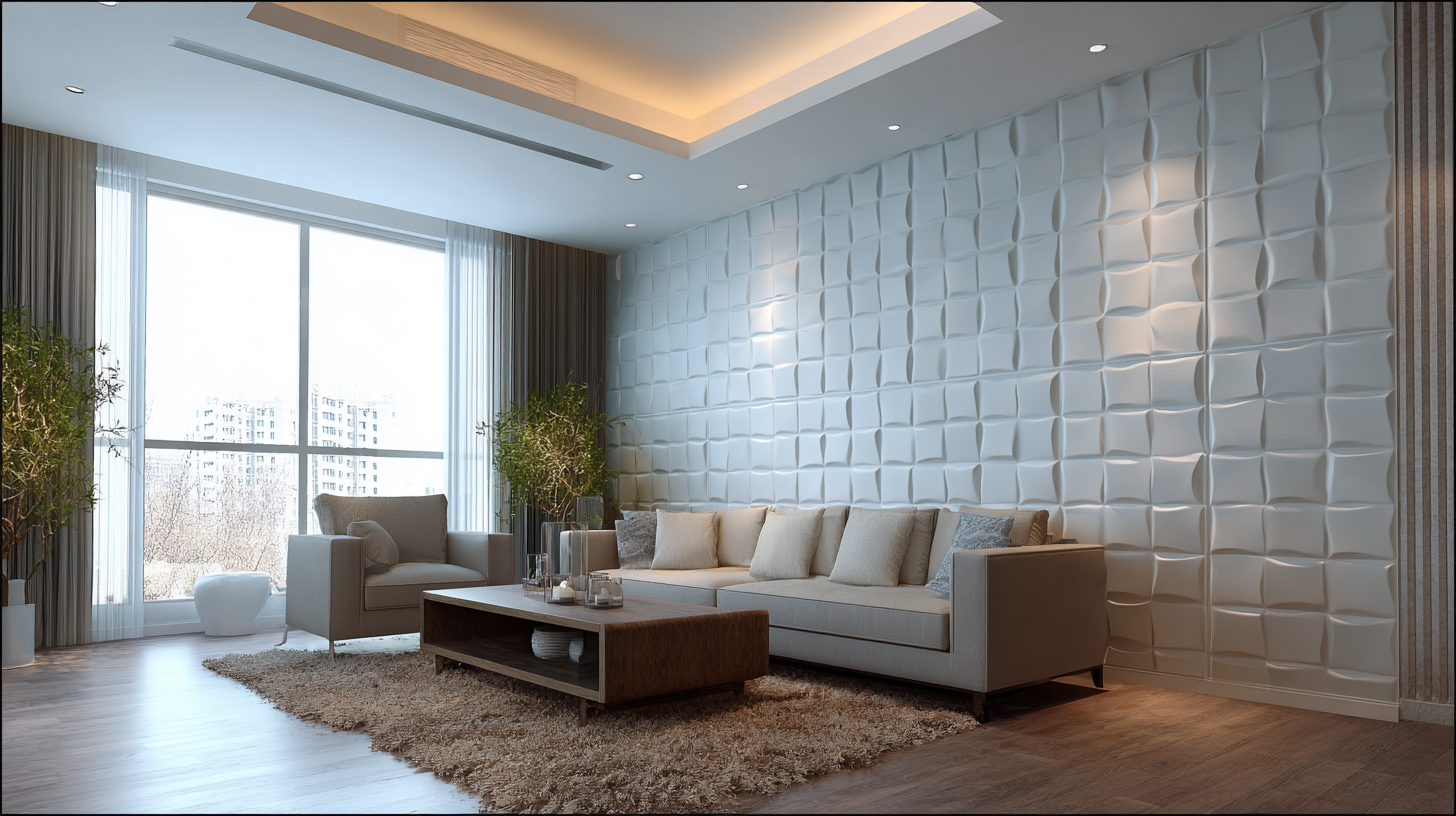
When considering renovations, the environmental impact of materials becomes a crucial factor, especially in plastic bathroom wall panels. These panels are increasingly manufactured using recycled plastics, significantly reducing the carbon footprint associated with production. According to the Plastics Industry Association, more than 30% of global plastic production in 2021 came from recycled sources, highlighting a shift towards sustainability in manufacturing practices. This not only conserves natural resources but also minimizes landfill waste, making plastic wall panels a greener choice for homeowners.
